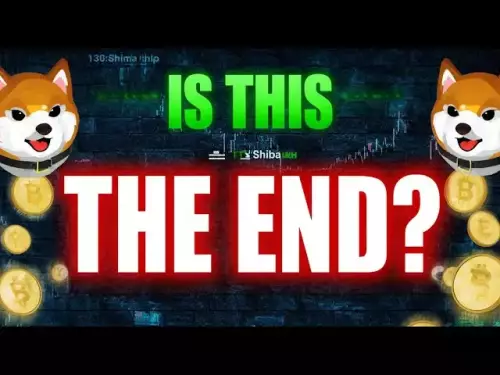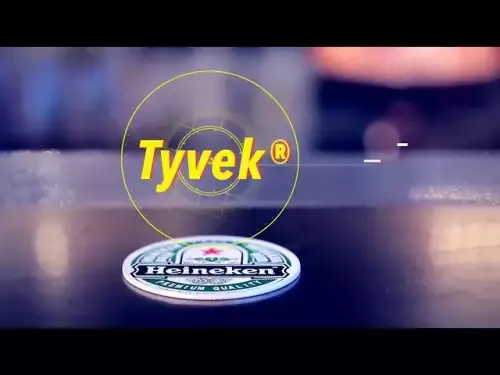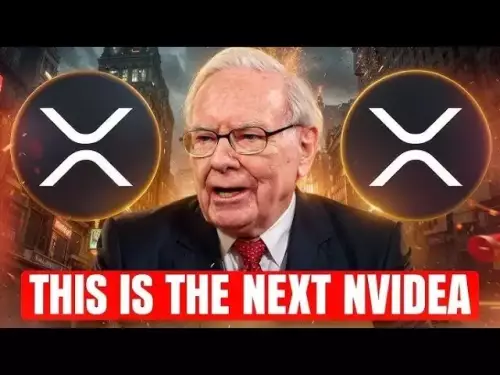-
 bitcoin
bitcoin $113137.862908 USD
0.65% -
 ethereum
ethereum $4107.436072 USD
-1.96% -
 xrp
xrp $2.908808 USD
2.59% -
 tether
tether $1.000294 USD
0.01% -
 bnb
bnb $1010.914842 USD
-1.12% -
 solana
solana $210.653310 USD
-2.16% -
 usd-coin
usd-coin $0.999776 USD
-0.01% -
 dogecoin
dogecoin $0.239360 USD
-0.04% -
 tron
tron $0.337849 USD
0.37% -
 cardano
cardano $0.807698 USD
-0.61% -
 hyperliquid
hyperliquid $45.387447 USD
0.61% -
 chainlink
chainlink $21.408287 USD
-0.92% -
 ethena-usde
ethena-usde $1.000509 USD
-0.04% -
 avalanche
avalanche $32.634682 USD
-4.77% -
 sui
sui $3.349772 USD
-0.19%
What is Hydra (Cardano)?What is the connection between Cardano and Haskell?
Hydra, a Layer 2 scaling solution for Cardano, leverages a state channel network to increase transaction throughput, reduce latency, and enhance privacy on the blockchain.
Oct 26, 2024 at 12:23 pm

Hydra is a Layer 2 scaling solution developed for the Cardano blockchain. It aims to increase transaction throughput and decrease latency on the network. Hydra operates by bundling multiple transactions into a single layer 2 channel, effectively processing them off-chain. This offloading reduces the load on the main Cardano blockchain, enabling it to handle a higher volume of transactions.
2. Technical ArchitectureHydra utilizes a state channel network. Each channel is created between two or more users. Transactions are recorded in these channels without requiring immediate broadcast to the blockchain. The channels are periodically closed, resulting in the transfer of the final channel state to the Cardano blockchain.
3. Benefits of HydraThe implementation of Hydra on Cardano offers several advantages:
- Increased Transaction Throughput: Hydra allows for the processing of a large number of transactions off-chain, freeing up the main blockchain for more demanding tasks.
- Reduced Latency: Transactions can be processed more quickly through Hydra channels, minimizing waiting times for users.
- Reduced Costs: Off-chain transactions typically incur lower fees than on-chain transactions, making Hydra cost-effective for users.
- Enhanced Privacy: Hydra channels offer increased privacy as transactions are not immediately broadcast to the blockchain.
Cardano is heavily influenced by the Haskell programming language. Haskell is a purely functional language known for its strong typing, immutability, and expressive syntax. It was chosen as the main development language for Cardano due to its rigor and focus on correctness.
2. Benefits of Haskell for BlockchainThe use of Haskell in Cardano provides several benefits:
- Rigorous and Secure: Haskell's strict type system helps prevent errors and vulnerabilities in the Cardano codebase, enhancing overall security.
- Formal Verification: Haskell supports formal verification techniques, allowing Cardano developers to mathematically prove the correctness of critical code components.
- Code Readability and Maintenance: Haskell's concise and expressive syntax promotes code readability, making Cardano more accessible to developers.
Hydra is a crucial Layer 2 scaling solution for Cardano that significantly enhances its transaction handling capabilities. The integration of Haskell as the primary development language for Cardano adds rigor, security, and maintainability to the project. As Cardano continues to evolve, Hydra and Haskell will play key roles in scaling the network and ensuring its long-term sustainability.
Disclaimer:info@kdj.com
The information provided is not trading advice. kdj.com does not assume any responsibility for any investments made based on the information provided in this article. Cryptocurrencies are highly volatile and it is highly recommended that you invest with caution after thorough research!
If you believe that the content used on this website infringes your copyright, please contact us immediately (info@kdj.com) and we will delete it promptly.
- Barron Trump: A Glimpse into the Life of Donald Trump's Youngest Son
- 2025-09-26 01:05:14
- Apple, Bitcoin, and iMessage: A New Era of Crypto Accessibility?
- 2025-09-26 00:45:14
- Crypto Presales: Unlocking 2025 Gains with Early Investment
- 2025-09-26 00:45:14
- Charlie Kirk, Currency, and Lawmakers: A Surprising Proposal
- 2025-09-26 01:05:14
- HUGS Crypto Investment: Why This Whitelist is a Must-Join for 2025
- 2025-09-26 00:50:12
- Sleep Token's Haunting Springsteen Cover: A 'Dancing in the Dark' Revelation
- 2025-09-26 00:50:12
Related knowledge
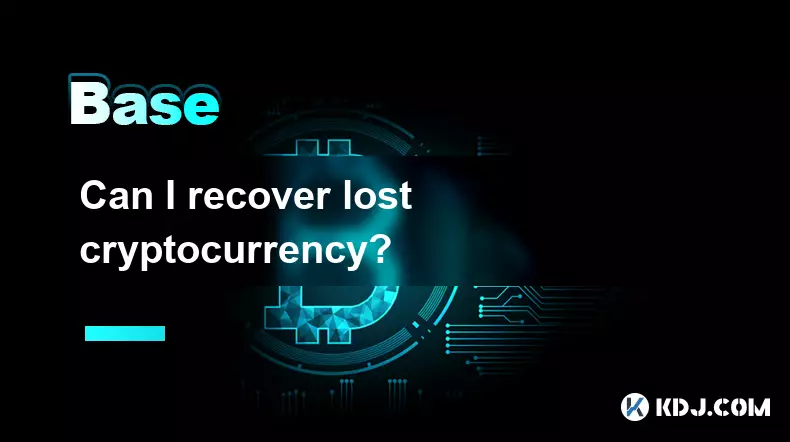
Can I recover lost cryptocurrency?
Sep 25,2025 at 08:18am
Understanding the Nature of Cryptocurrency Loss1. Cryptocurrency operates on decentralized networks, meaning there is no central authority to reverse ...
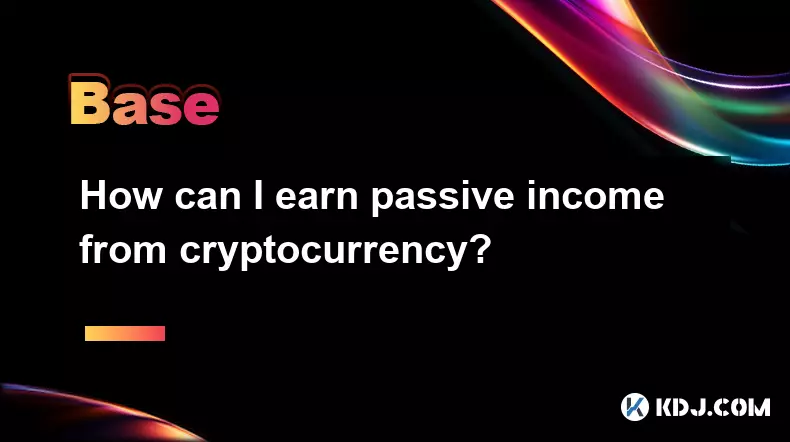
How can I earn passive income from cryptocurrency?
Sep 23,2025 at 10:18am
Staking Cryptocurrencies for Regular Returns1. Many blockchain networks operate on a proof-of-stake (PoS) consensus mechanism, allowing users to earn ...
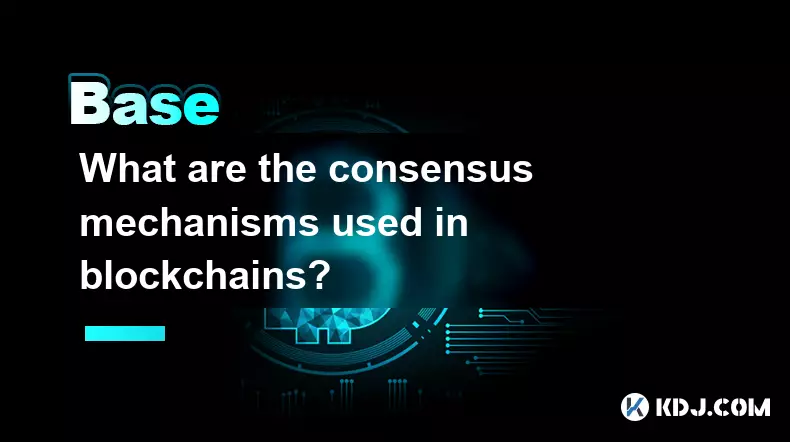
What are the consensus mechanisms used in blockchains?
Sep 24,2025 at 10:00am
Proof of Work and Its Role in Blockchain Security1. Proof of Work (PoW) is one of the earliest consensus mechanisms, first implemented by Bitcoin. Min...

Is there a finite supply of Bitcoin?
Sep 23,2025 at 06:00am
Bitcoin's Fixed Supply Mechanism1. Bitcoin was designed with a hard cap of 21 million coins, making its supply finite and predictable. This limit is h...

How do decentralized exchanges (DEXs) work?
Sep 23,2025 at 09:54pm
Understanding the Mechanics of Decentralized Exchanges1. Decentralized exchanges operate without a central authority, allowing users to trade cryptocu...

How are cryptocurrency transactions taxed?
Sep 23,2025 at 04:36am
Taxation of Cryptocurrency TransactionsCryptocurrency transactions are subject to various tax regulations depending on jurisdiction, usage, and freque...

Can I recover lost cryptocurrency?
Sep 25,2025 at 08:18am
Understanding the Nature of Cryptocurrency Loss1. Cryptocurrency operates on decentralized networks, meaning there is no central authority to reverse ...

How can I earn passive income from cryptocurrency?
Sep 23,2025 at 10:18am
Staking Cryptocurrencies for Regular Returns1. Many blockchain networks operate on a proof-of-stake (PoS) consensus mechanism, allowing users to earn ...

What are the consensus mechanisms used in blockchains?
Sep 24,2025 at 10:00am
Proof of Work and Its Role in Blockchain Security1. Proof of Work (PoW) is one of the earliest consensus mechanisms, first implemented by Bitcoin. Min...

Is there a finite supply of Bitcoin?
Sep 23,2025 at 06:00am
Bitcoin's Fixed Supply Mechanism1. Bitcoin was designed with a hard cap of 21 million coins, making its supply finite and predictable. This limit is h...

How do decentralized exchanges (DEXs) work?
Sep 23,2025 at 09:54pm
Understanding the Mechanics of Decentralized Exchanges1. Decentralized exchanges operate without a central authority, allowing users to trade cryptocu...

How are cryptocurrency transactions taxed?
Sep 23,2025 at 04:36am
Taxation of Cryptocurrency TransactionsCryptocurrency transactions are subject to various tax regulations depending on jurisdiction, usage, and freque...
See all articles
























